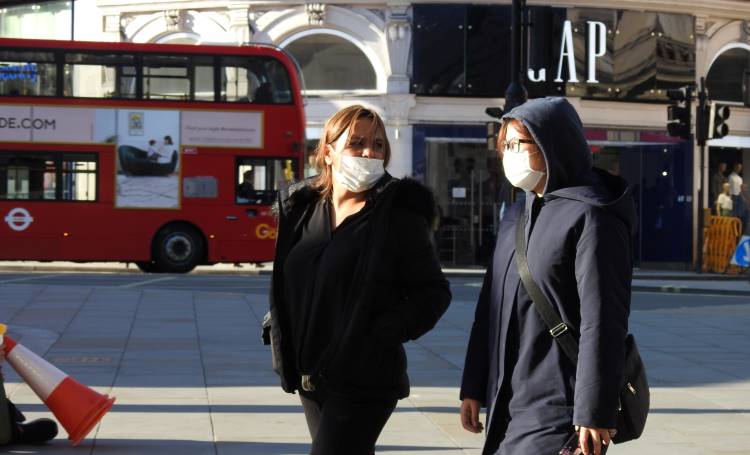Drastic Fall in UK Air Pollution Due to Lockdown

There has been a fall of up to 60% in air pollution in some UK cities since the beginning of the COVID-19 lockdown.
Air pollution in major cities such as London, Glasgow, Bristol, Nottingham, and York has fallen by around 50% since the government enforced a nationwide lockdown on March 24.
Nitrogen dioxide levels have dropped significantly across the country since the start of the lockdown, mainly because of the subsequent 70% reduction of traffic on the roads. Nitrogen dioxide especially affects people who suffer from asthma as it impairs the function of the lungs.
The BBC released data from Defra that showed nitrogen dioxide levels on the A472 in Hafodyrynys, Caerphilly - often evaluated as one of the most polluted areas in the UK - dropping by 48%.
Similar results have been seen globally, with the infamous smog of cities such as Delhi and Beijing having cleared up due to cars being off the road and heavy industry having come to a halt.
The UK has also experienced an 89% reduction in air traffic, with international air traffic having dropped by around 40%.
However, environmentalists warn that the changes are likely to be short-lived, with areas in China already measuring regular levels of air pollution after lockdown measures were recently lifted in the country where the COVID-19 virus emerged.
A recent report carried out by the UK-based Carbon Brief website also suggests that there could be a historic 4% fall in global carbon emissions - around 1,600million tonnes - due to the reduction in road and air traffic, as well as the closure of a large proportion of heavy industry.
The report analysed data from various sectors. This included the economies of China and the US - which accounts for 76% of global CO2 emissions - as well as India’s electricity sector, the EU’s carbon trading scheme, and the global oil sector.
However, the report indicates that even if emissions dropped on this scale, it would not be sufficient to bring levels down to those required by international agreements. This would require a fall of 6% every year for the next decade.
“To put it another way, atmospheric carbon levels are expected to increase again this year, even if CO2 emissions cuts are greater still,” said analyst Simon Evans. “Rising CO2 concentrations – and related global warming – will only stabilise once annual emissions reach net-zero”.
Read on our blog

With the government poised to implement tough new measures to...

Budget broadband provider TalkTalk has been notifying customers via email...

A year-long investigation by charity Citizens Advice has revealed a...

Education Secretary Nadhim Zahawi has announced a new commitment to...
